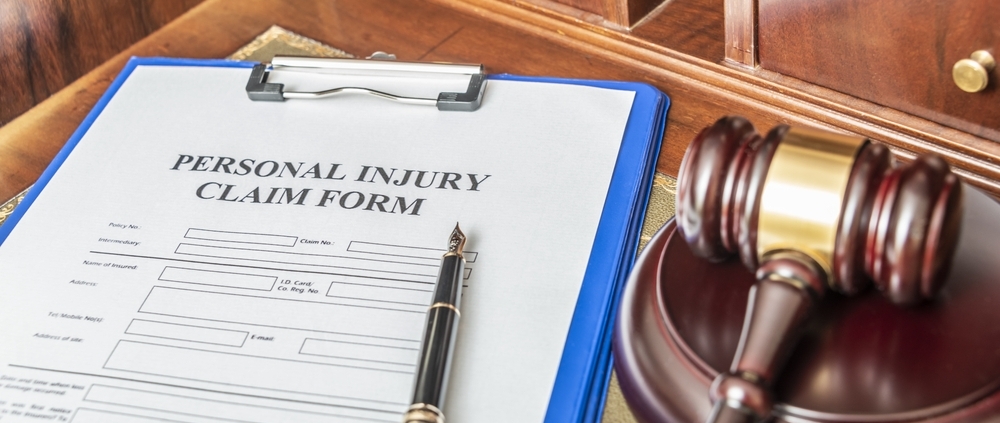How a Pre-Existing Condition Can Affect a Personal Injury Claim
When you’ve been injured in an accident, your right to compensation shouldn’t vanish simply because you had a prior medical issue. However, a pre-existing condition can complicate your personal injury claim if not properly documented and explained. Insurance companies often try to use these conditions as a reason to minimize or deny payouts. Understanding how they affect your claim—and how to protect your rights—is essential.
What Is a Pre-Existing Condition?
A pre-existing condition is any medical problem you had before the accident. Common examples include chronic back pain, arthritis, prior neck or knee injuries, and degenerative disc disease. While these conditions existed before the incident, the law recognizes that an accident can aggravate or worsen them, entitling you to compensation for the increased harm.
The “Eggshell Plaintiff” Rule: You Take the Victim as You Find Them
New York personal injury law follows what’s called the “eggshell plaintiff” doctrine. This rule holds that a defendant is responsible for the full extent of the victim’s injuries, even if the victim was more susceptible to harm due to a prior condition. In other words, if a car accident worsens your back injury or triggers new symptoms, you can seek compensation for the aggravation—even though your spine was not perfectly healthy beforehand.
How Insurance Companies Use Pre-Existing Conditions Against You
Insurance adjusters are trained to minimize payouts. They may claim that your pain or limitations stem entirely from your prior condition, not from the recent accident. Some tactics include:
• Requesting old medical records to find prior complaints or treatment.
• Arguing causation, claiming the accident didn’t “cause” your injury but merely revealed existing problems.
• Offering low settlements, assuming you’ll accept less to avoid a dispute over your medical history.
Without clear medical documentation linking your worsened condition to the accident, the insurer may successfully undermine your claim.
Proving an Aggravation of a Pre-Existing Condition
To overcome these challenges, your attorney will focus on medical evidence and expert testimony. The key is demonstrating that your current symptoms, treatment needs, or level of pain are different from or more severe than before the accident. Steps that strengthen your case include:
1. Obtaining complete medical records—both before and after the accident—to show the change in your condition.
2. Getting a doctor’s written opinion linking the aggravation directly to the accident.
3. Keeping a personal injury diary documenting your pain levels, physical limitations, and how daily activities have changed.
4. Avoiding gaps in treatment, as they can be used to argue that your injuries aren’t serious.
Your attorney can also work with medical experts to provide objective comparisons, such as MRI results showing new trauma or inflammation.
Be Honest About Your Medical History
One of the most damaging mistakes an injured person can make is hiding or downplaying a pre-existing condition. If the defense later uncovers it, your credibility may suffer, even if the injury is legitimate. Always be truthful with your doctor and your lawyer so they can present your case effectively and anticipate the defense’s arguments.
Conclusion
A pre-existing condition does not bar you from recovering damages after an accident. The key is proving aggravation rather than causation—that the incident made your condition worse. With skilled legal representation, detailed medical documentation, and transparent communication, you can build a strong case for fair compensation.
Figeroux & Associates stands ready to fight for your rights and ensure that your pre-existing condition does not become an excuse for insurers to deny justice. To schedule an appointment, call 855-768-8845 or visit www.askthelawyer.us











Leave a Reply
Want to join the discussion?Feel free to contribute!